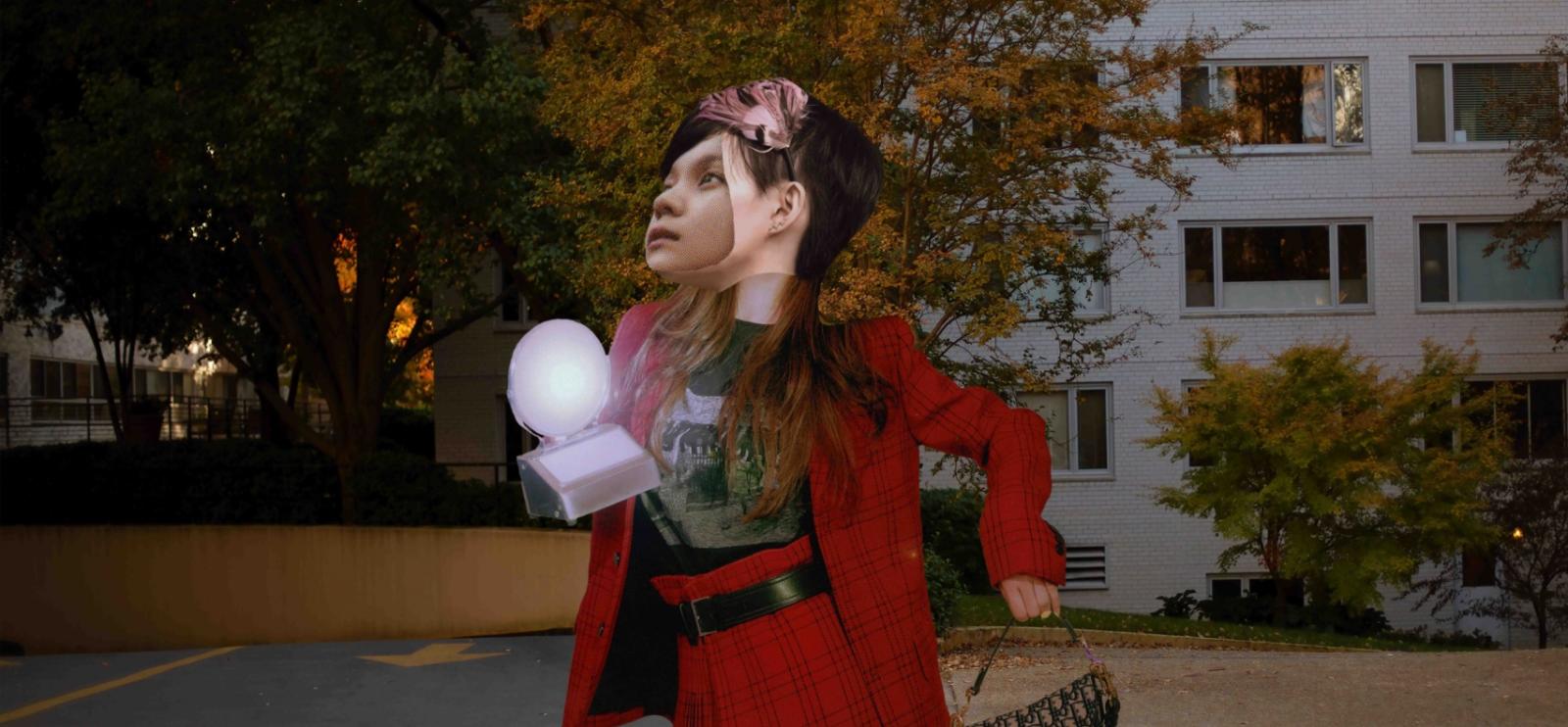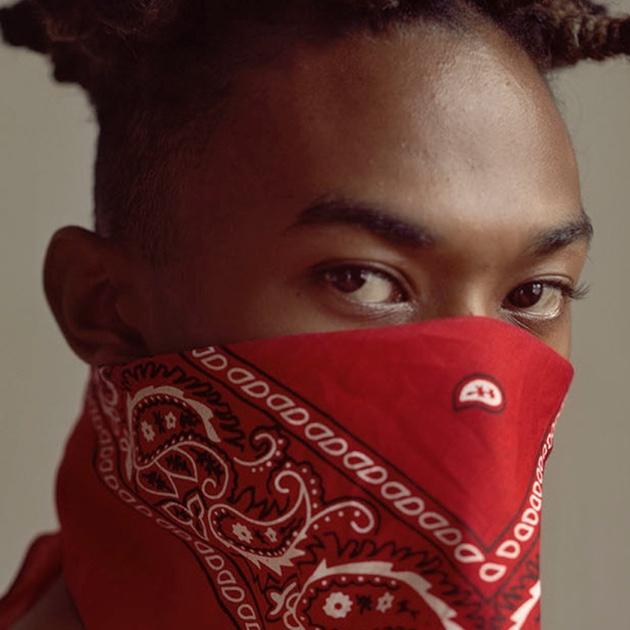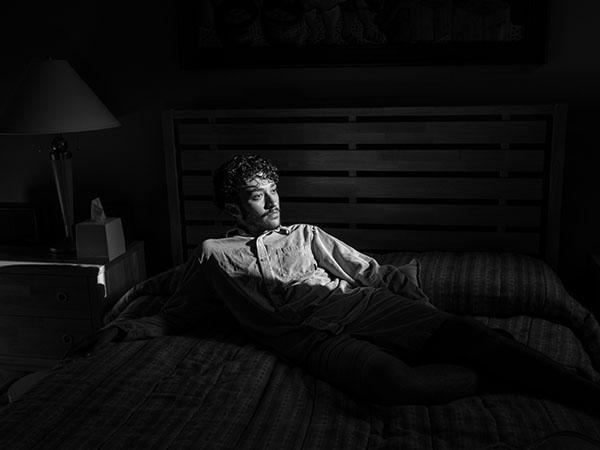Photography Minor Undergraduate
Push the boundaries of your creative lens at one of the nation’s best institutions for photography.
Major in Photojournalism | Major or Minor in Fine Art
At the Corcoran, we recognize the critical importance of the photographic image in contemporary society while establishing photography’s historical context within art. The Studio Arts program offers a minor in photography for undergraduate students. In this program, students will develop visual sensitivity and familiarity with principles, concepts, media and formats in the various forms and uses of photography. They will become familiar with the works and intentions of major photographers and movements of the past and present across global contexts.
Taught by faculty mentors who are practicing artists and professional photojournalists, the program requires a core of photography courses but allows plenty of flexibility for electives so that students can tailor their studies to their interests. Students who focus on photojournalism will be in courses that stress the importance of legal, ethical and economic challenges of the profession. Through the direction and insight of our faculty — who are practicing artists and professional photojournalists themselves — and visiting artists, our students experience firsthand how photography can be a vehicle for creative expression and an agent for change. With the program’s interdisciplinary approach to contemporary photographic practices, students are encouraged to extend themselves beyond their comfort zones, redefine practices and prepare for creative pursuits after graduation.
Interested in declaring a minor?
Email Professor Eich, the photography minor undergraduate advisor, at matteich gwu [dot] edu (matteich[at]gwu[dot]edu). Information about how to declare a minor is also available here.
gwu [dot] edu (matteich[at]gwu[dot]edu). Information about how to declare a minor is also available here.
PROSPECTIVE STUDENTS
INFORMATION SESSIONS
Each academic year, we offer virtual information sessions led by faculty to help prospective students learn more about our programs, faculty expertise, and application process.
The Arts at GW
Our students make a commitment to their creative progress within a challenging but supportive academic community. Our class sizes are small, making it possible for in-depth discussions and access to faculty, and our students benefit from opportunities to work with curators and researchers around D.C. and across GW. Because they are on a campus that is blocks away from world-renowned cultural institutions, students regularly participate in D.C. art events in addition to exhibitions on campus in spaces like Gallery 102 and the Flagg Building.
MINOR REQUIREMENTS
Studying photography at a research university prepares students to respond to the complexity of possibilities facing the contemporary artist or photojournalist. With its location in the heart of Washington, D.C., the Corcoran gives photography students access to a constant procession of news and documentary subjects. The minor in photography requires 18 total credits, which are made up of six credits in required courses and 12 credits in electives. You will start off with history and fundamentals courses, then move on to electives from photography and photojournalism subject areas.
As the program progresses, faculty members also help students identify internship and career possibilities that can further advance their photography, audio and video skills, as well as study abroad programs that promote international, cross-cultural awareness. Finally, the Studio Arts program where the minor is situated emphasizes a critical and creative relationship between content and form, an awareness of historical connections and an engagement with the contexts of creative production.
FOUNDATIONAL COURSES
Minor in Photography (18 Credits)
The following requirements must be fulfilled: 18 credits, including 6 credits in required courses and 12 credits in elective courses.
Required (6 credits)
- AH 2162 History of Photography
3 credits (one course) from the following.
- CSA 1501 Black and White Photography Fundamentals
- CSA 1502 Introduction to Digital Color Photography
Electives (12 credits)
- 3 credits in any photography, photojournalism, or other studio elective subject areas taken at any level, selected from the CSA or CPJ subject areas.
- 9 credits in photography or photojournalism electives taken at the 2000 to 4000 level from any CPJ, or any CSA with 5 as the second digit of the course number.
WHERE YOU'LL GO
Because of the Corcoran’s location in the heart of Washington, D.C., photography students are exposed to a wide array of career options in the arts, including exhibiting as an artist, teaching, working in commercial photography and curating. Students intern at prestigious organizations such as The Washington Post, National Geographic magazine, the National Portrait Gallery, the U.S. Holocaust Memorial Museum, Transformer Gallery and the Latin American Youth Center.
Graduates of the program will be trained to continue practicing as independent artists and/or photojournalists. Like those with a Bachelor of Fine Arts in photojournalism, some graduates may elect to work as freelance photographers. Some may go on to earn Master of Fine Arts degrees in order to open up teaching opportunities, while others may secure positions at U.S. News & World Report, The Washington Post, National Geographic, Associated Press Latin America, Aperture Books, The Wall Street Journal, Politico and other major news outlets and publishers, or work as photographer’s assistants. Additionally, graduates may choose to start independent businesses in the photography field.
What We Create
The work below is by past students from the BFA in Photography program
Seung Hyun Rhee, BFA, 2019
Seung Hyun Rhee, from Seoul, South Korea, has been studying in the United States for the past twelve years. Although he considers Washington, D.C. his home, he expresses that the food and technology is very different than that of South Korea, and that the differences can often feel alienating.
Seung Hyun's project for NEXT 2019, entitled Homesick, allows for him to reconnect with his Korean roots through Korean-Pop music, often called K-Pop. By scanning album covers for source material and using his personal archive of photos from K-Pop concerts, Seung Hyun assembles reflections of his desire to connect and a longing to return home.
Colin Wheeler
BFA 2015
“Often conjuring emotions distinct to what the landscape can offer, these details accentuate why I feel so compelled to tell the story of my relationship to these magnificent and highly intricate spaces.”
John Edmonds
BFA 2012
John Edmonds investigates Black beauty utilizing natural lighting in his most recent exhibition, “Tribe.
Ashley Llanes
BFA 2019
Through La Quinceañera, Ashley explores the ethnic conservation of family values and the gender and cultural expectations that are introduced to a woman on her fifteenth birthday through the emulation of her family’s Quinceañera photos.
Sam Corum, BFA, 2012
Corum watched images of the turmoil unfolding in Ferguson, Missouri and was shocked by the fatal shooting of Michael Brown. As the protest and the police response escalated, Corum, a military photographer turned freelance photojournalist, felt compelled to document what was clearly history in the making.
Dean Kessmann, Professor
Corcoran Professor of Photography Dean Kessmann's work has been included in many exhibitions and is in a number of prominent collections, including the Hirshhorn Museum, Baltimore Museum of Art, The Phillips Collection, Walker Art Center, and the Museum of Contemporary Photography, among others.
Students at the Corcoran have exhibited their thesis work for more than 30 years. In 2011, the exhibition came to be known as NEXT in a nod to the public seeing “what’s next” in contemporary art and scholarship. In 2023, NEXT evolved into a festival format to encompass the diversity of all the school’s programs and provide more public facing programming for the DC community. See examples from past classes’ culminating projects and work.
Photo by Isaac Green, BFA '22
CONTACTS
Campus Address
Flagg Building
500 17th St, NW
csarts gwu [dot] edu (csarts[at]gwu[dot]edu)
gwu [dot] edu (csarts[at]gwu[dot]edu)
Program Information
Program Administrator
Kamille Jackson
csarts gwu [dot] edu (csarts[at]gwu[dot]edu)
gwu [dot] edu (csarts[at]gwu[dot]edu)
Program Head
Dean Kessmann
kessmann gwu [dot] edu (kessmann[at]gwu[dot]edu)
gwu [dot] edu (kessmann[at]gwu[dot]edu)
Advising
Undergraduate Faculty Advisor
Matt Eich
matteich gwu [dot] edu (matteich[at]gwu[dot]edu)
gwu [dot] edu (matteich[at]gwu[dot]edu)













